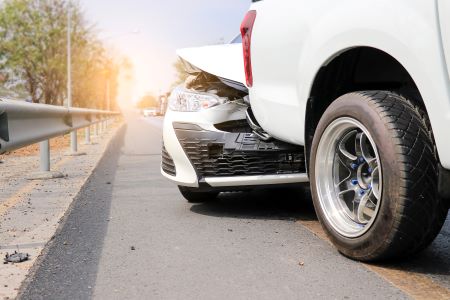
It’s important to note that you don’t have to prove that the negligent driver caused the entire accident—rather, that the driver caused your injuries. The burden of proof is by a preponderance of the evidence, which means that the evidence “more likely than not” tends to prove the preposition. Often the biggest part of a negligence action in South Florida is proving proximate causation because a mere causal connection may not be sufficient. Proximate cause is a higher level of causation than cause-in-fact, although both must be proven. Cause-in-fact can use a “but-for” test, which means that “but-for” a driver’s failure to meet the standard of care, the victim’s injuries would not have occurred. Funny enough, “but-for” causation has been shown by far-fetched connections such as “but-for” the negligent driver being born, the victim’s injuries would not have occurred. So, it may not come as a surprise that proximate cause demands a closer causal connection. For example, if a Victim was involved in two car accidents in Fort Lauderdale, the first of which was a rear-end accident with the Driver and the second occurred three months later, the driver may argue that the Victim’s injuries arose from the second accident. The victim will have to prove that “more likely than not” the driver in the first, rear-end, accident caused the victim’s injuries. The victim can show that no additional injuries resulted from the second accident through MRI’s, X-rays, and other medical records. An experienced car accident lawyer in Fort Lauderdale would know exactly what evidence to gather to prove Victim’s injuries were proximately caused by the Driver by a preponderance of the evidence.
For more information, see Gross v. Lyons, 763 So. 2d 276 (Fla. 2000). Then, be sure to call Rosen Injury Law to see what their team of experienced lawyers can do for you.